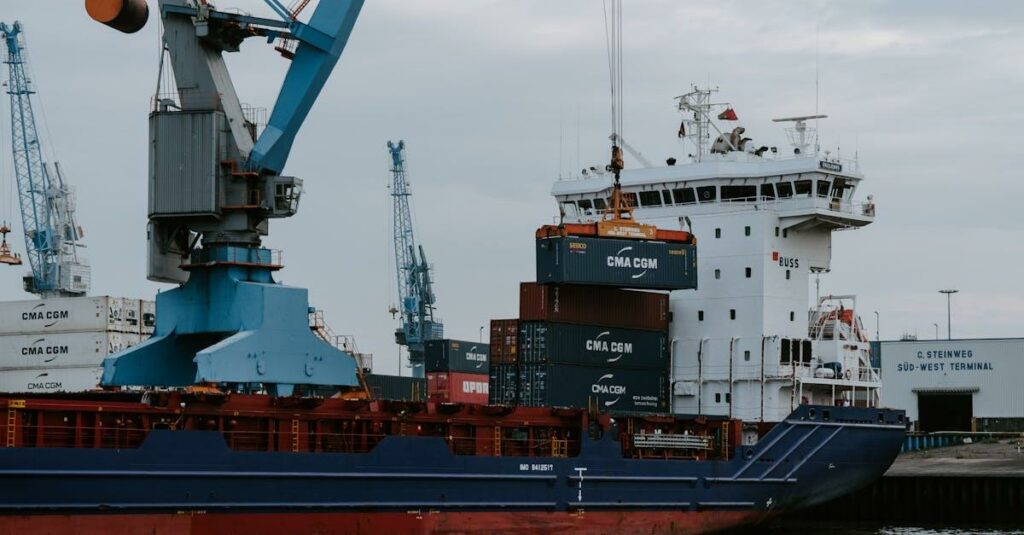Corrosion is a chemical process where metals deteriorate due to reactions with their environment, typically involving oxygen and water. This can have serious consequences for everything from cars and buildings to bridges and pipelines. Understanding and implementing corrosion prevention is therefore crucial to extending the lifespan and ensuring the safety of metal structures.
What is Corrosion?
Corrosion occurs when metals react with oxygen in the presence of moisture, forming metal oxides. This process can weaken the metal and eventually lead to structural failure. Common examples include rust on iron and steel, which can cause significant damage and economic loss.
Types of Corrosion
There are several types of corrosion that can affect different materials and structures:
Galvanic Corrosion
This type occurs when two different metals are in electrical contact in the presence of an electrolyte, such as water. The difference in electrolytic potential between the two metals causes the less noble metal to corrode more quickly.
Crevice Corrosion
This form of corrosion happens in narrow gaps where liquids cannot easily circulate. It can occur at joints, under gaskets, or in crevices within a structure, leading to localized corrosion.
Pitting Corrosion
Pitting corrosion is a localized form of corrosion that leads to the creation of small holes or pits in the metal. This type of corrosion can be particularly damaging because it is often difficult to detect until significant damage has occurred.
Methods of Corrosion Prevention
There are various strategies to prevent corrosion, each suited to different situations and materials.
Coatings and Paints
Applying protective coatings and paints is one of the most common methods to prevent corrosion. These coatings act as a barrier between the metal and the corrosive elements, such as oxygen and water.
Cathodic Protection
This technique involves connecting the metal to be protected to a more easily corroded ‘sacrificial’ metal. The sacrificial metal corrodes instead of the protected metal, effectively preventing its deterioration.
Material Selection
Choosing materials that are naturally resistant to corrosion, such as stainless steel or aluminum, can be an effective preventive measure. These materials form a passive layer that protects the metal from further corrosion.
Corrosion Inhibitors
These are chemicals added to the environment that decrease the rate of metal corrosion. They are often used in closed systems like boilers and cooling towers to protect metal components.
Regular Maintenance and Inspection
Regular maintenance and inspection are crucial in preventing and identifying early signs of corrosion. This can include routine cleaning, applying fresh coatings, and replacing any corroded parts. By catching corrosion early, it is possible to take corrective actions before significant damage occurs.
Corrosion prevention is vital for the longevity and safety of metal structures. By understanding the types of corrosion and employing various prevention methods, it is possible to mitigate the risks associated with metal deterioration. Regular maintenance and the use of protective measures can save significant costs and enhance the durability of essential infrastructure.

